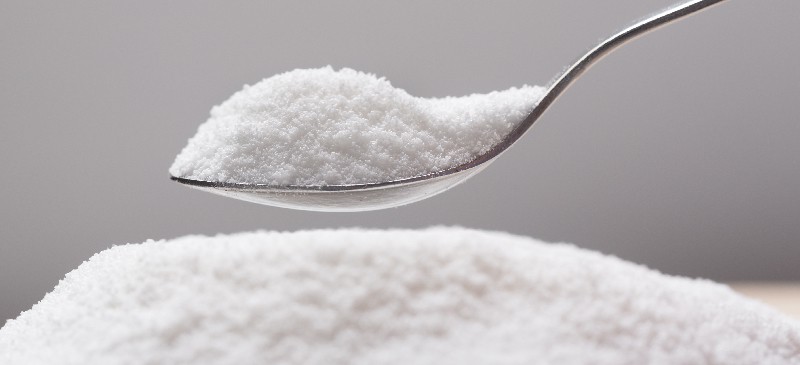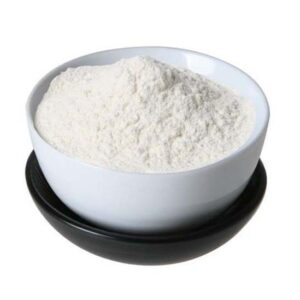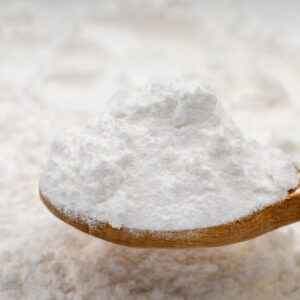Introduction
Aspartame is composed of two amino acids, phenylalanine and aspartic acid. It provides intense sweetness with very low calories, making it a popular sugar substitute. Because it is heat-sensitive, it is best used in cold or minimally heated foods and beverages.
Functions and Applications
Common applications include:
-
Diet sodas and beverages
-
Sugar-free chewing gum
-
Tabletop sweeteners
-
Dairy desserts and yogurts
-
Low-temperature baked goods
-
Confectionery
Specifications and Quality
| Item | Specification | Test Result |
|---|---|---|
| Appearance | White crystalline powder | Complies |
| Purity (Assay) | 96.0% – 102.0% | 98.5% |
| Moisture Content | ≤ 3.0% | 2.4% |
| Residual Solvents | Meets requirements | Complies |
| Specific Rotation | +35.0° to +40.0° | +37.5° |
| Related Substances | ≤ 2.0% | 1.8% |
| Heavy Metals (Lead) | ≤ 2 ppm | < 2 ppm |
| Melting Point | 246 – 247°C | 246.5°C |
| Microbial Count | Total aerobic bacteria < 500 cfu/g | 200 cfu/g |
| Coliform | < 10 MPN/g | Not detected |
| Solubility | 10 g per 100 ml water at 25°C | Complies |
Sensory Quality
-
Appearance: White crystalline powder
-
Odor: Odorless
-
Taste: Sweet, sugar-like flavor without bitterness
Packaging
-
Available in 25 kg net bags with PE liner
-
Store in cool, dry conditions away from heat
-
Shelf life of 2 years under proper storage
Regulatory Status
-
GRAS status by FDA (USA)
-
Approved by EFSA and JECFA
-
Not suitable for individuals with Phenylketonuria (PKU)
Conclusion
Aspartame offers a near-sugar sweetness with minimal calories, making it ideal for sugar-free and low-calorie products. Its clean taste and wide approval make it a staple in dietetic food and beverage manufacturing.






Reviews
There are no reviews yet.